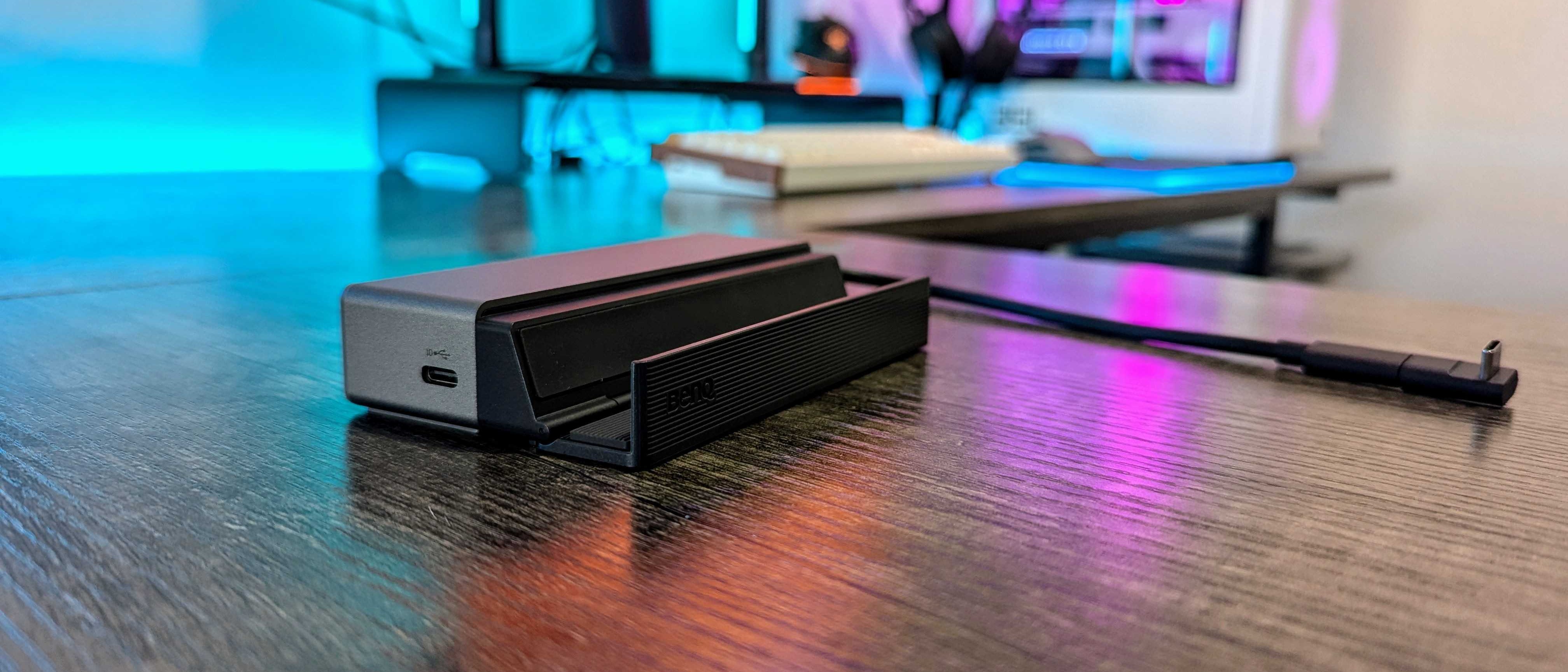Fitbit Charge 2 review: A fitness tracker that hits the right pace
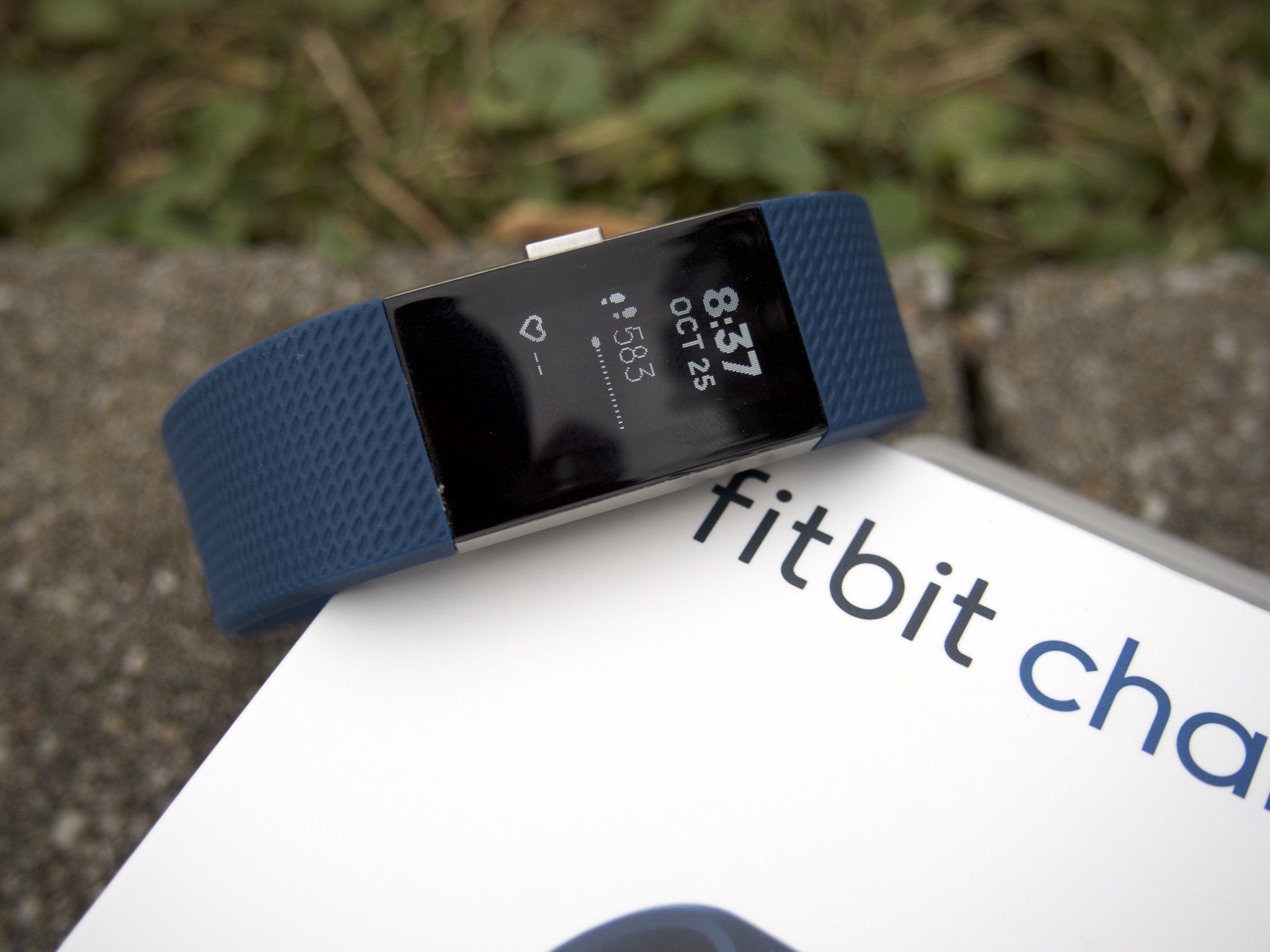

As perhaps the most well-known brand in the fitness tracker game, Fitbit has cultivated a solid reputation for itself in recent years. With one of the latest additions to its lineup, the Fitbit Charge 2, the company looks to bolster that reputation further with an eye on steady iteration.
Coming in firmly at a mid-range price, the Fitbit Charge 2 appears to offer quite a compelling proposition as a feature-packed fitness tracker that won't hit your bank account too hard. Thankfully, the experience of using the Charge 2 largely lives up to that promise as well.
Design and Display
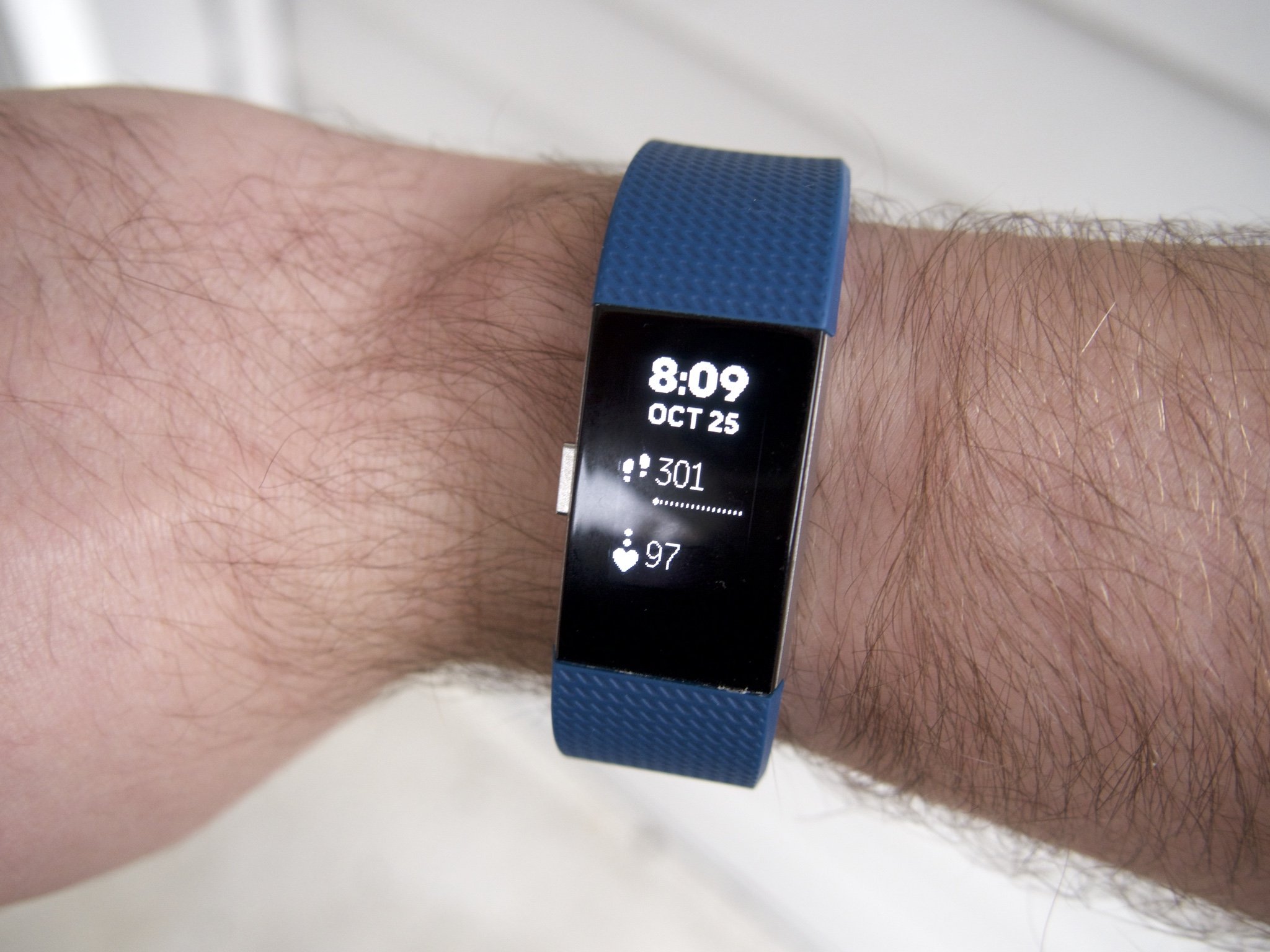
Though the Charge 2 packs a style that features all of Fitbit's usual design cues, one thing that will undoubtedly stick out on the Charge 2 is the new, larger display.
When compared to the screen on the original Fitbit Charge and Charge HR, the Charge 2's display is absolutely massive. In fact, the Charge 2's display is around four times larger, giving you much more room to comfortably see the information that matters to you without nearly as much fiddling. While that's certainly great for general everyday use, being able to see more information at a glance is a godsend when you're on a run and want a quick peek at something like your heart rate and step count in one glance.
Thankfully, all of that information is easily visible in most conditions as well. I found the black and white OLED display in the Charge 2 to be plenty bright and crisp for most occasions, ranging from pitch black rooms to sunny outdoor hikes. That said, if you're looking at the screen in direct sunlight, you may have to squint a bit, but even the best of displays will falter when competing with the power of the sun.
One other minor qualm worth noting is that the screen is rather prone to smudges. While it isn't necessarily a problem for legibility, the smudging becomes pretty noticeable against reflections. Simply put, if you're easily bothered by some lingering fingerprints, you're in for some frequent screen-wiping.
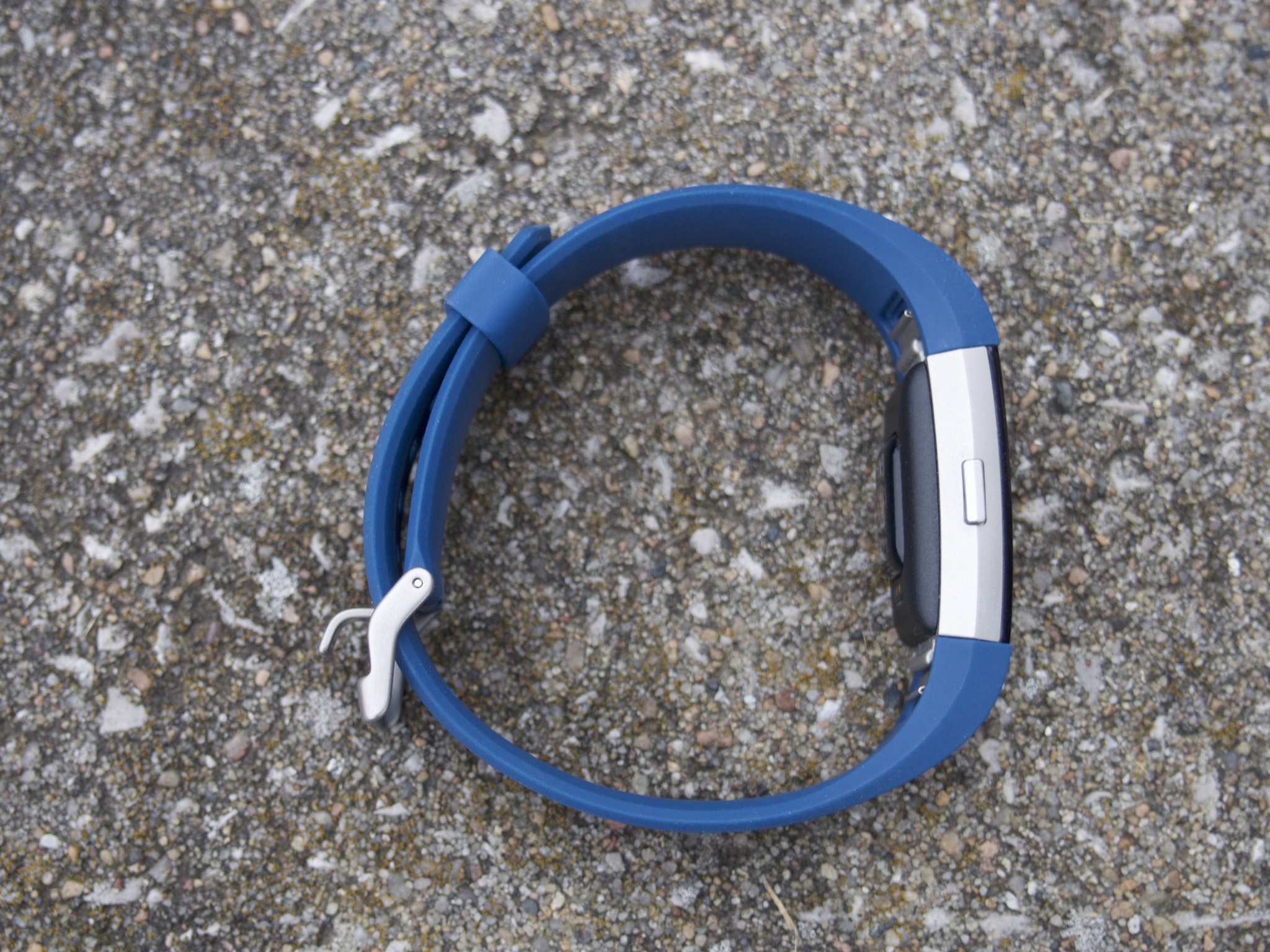
Aside from the larger display, the design of the Charge 2 is very much recognizable as a Fitbit. The band is made of a comfortable, textured elastomer material that should hold up under well under the rigors of your usual sweaty workout — though the tracker is not waterproof. The band also uses a typical watch clasp, and comes in small, large and extra large sizes.
Get the Windows Central Newsletter
All the latest news, reviews, and guides for Windows and Xbox diehards.
If you're a fan of swapping bands for different occasions, there's plenty to like here as well. The Charge 2 features a fairly simple clasp mechanism that allows you to remove each half of the band with a little pressure. You can then swap in any number of elastomer or leather bands in a variety of colors.
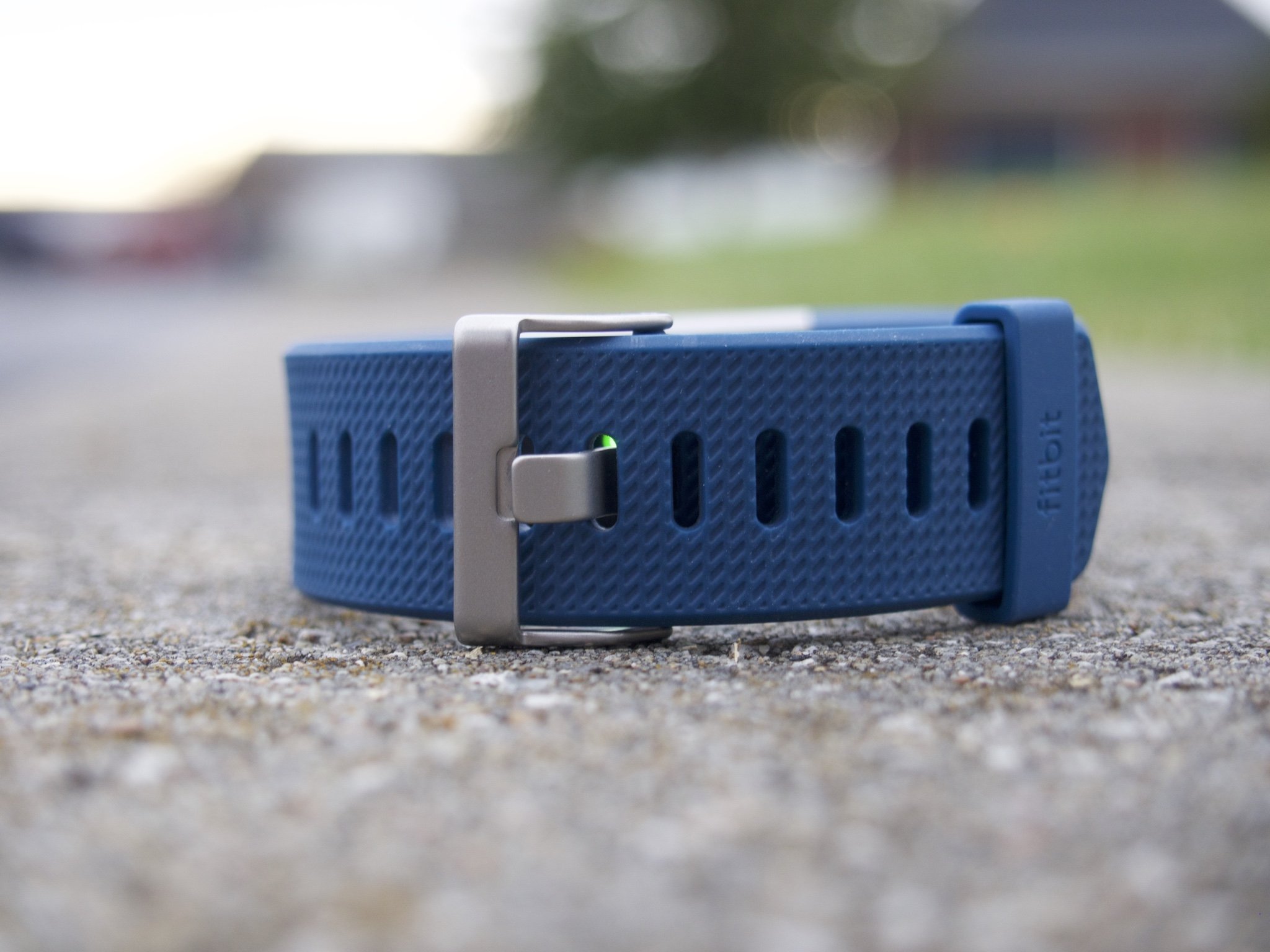
The bottom of the Charge 2 packs both the continuous heart rate monitor and the tracker's charging pins. The heart rate monitor does add some bulk to the overall package that could be slightly off-putting to some. However, I didn't find the added thickness to be particularly bothersome in my time with the Charge 2, and it isn't any worse than similar implementations you'd find on other trackers or smart watches.
Features and Performance
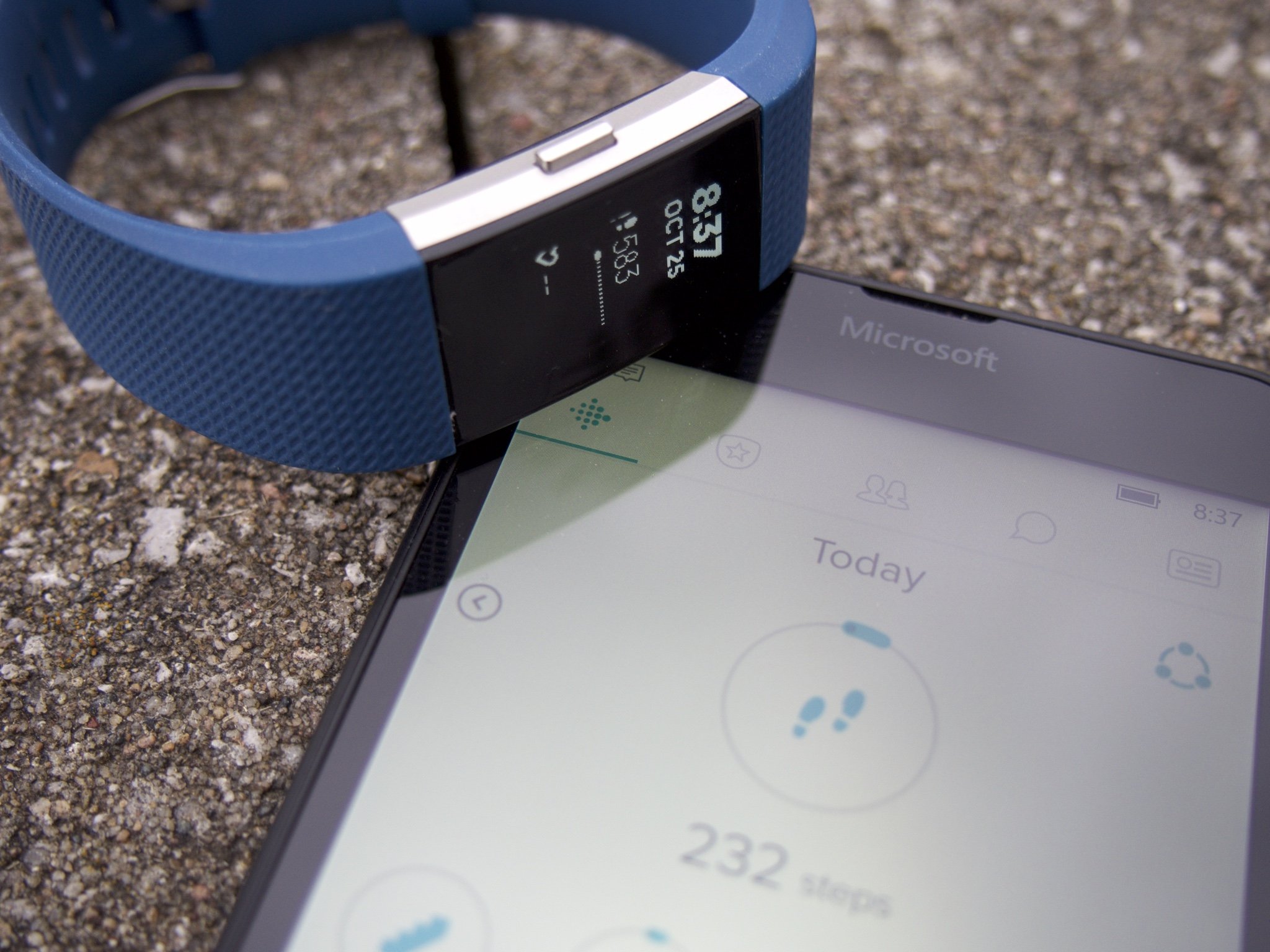
Interacting with the Charge 2 is a relatively basic affair, only requiring either a click of the side button or a tap to move through any of the tracker's options and information. While the basic input is simple and easy, navigating the menus can be a bit cumbersome at times. For example, if you accidentally pass what you're looking for while clicking through the different menus, there's no option to just go back one step. Instead, you have to cycle forward through the whole list again to get back to the option you were looking for. Thankfully, you're never more than a few taps away from where you started, so any frustration is usually short-lived.
As for tracking, the Fitbit Charge 2 packs the ability to automatically log quite a few different basic stats, including constant heart rate monitoring, steps, calories burned, flights of stairs climbed, and sleep quality. Most of this information is easily accessible at any time right from the tracker's large display, with more detailed breakdowns available in the Fitbit companion app.
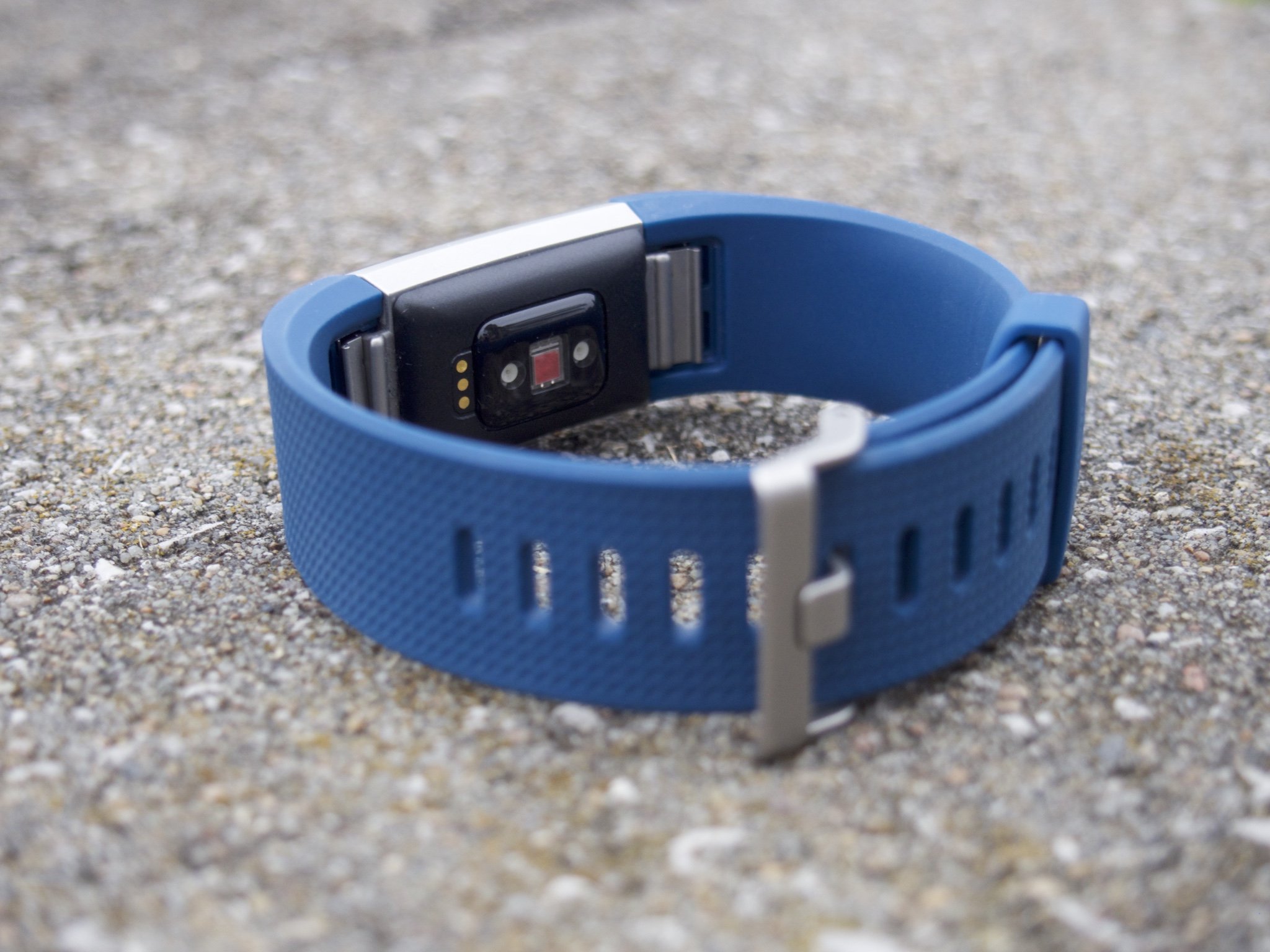
Overall, I found the Charge 2's tracking to be pretty accurate. The constant heart rate monitoring consistently came within 5 beats of alternate measurements, and the step count was roughly even with what I manually tracked. Likewise, the automatic sleep tracking has turned out to be pretty good at accurately depicting how terrible I am at that particular activity. Though I did find the Charge 2 to be slightly uncomfortable to wear while sleeping at times.
As an aside, the Charge 2 can automatically start tracking different exercises, like running or biking, when it detects them. There is a slight delay in tracking however, so it would be best to manually start a workout if you're wanting to record the most accurate information.
One feature I particularly liked — and it's something you'll find on some competing smart watches and other select Fitbits — is the Fitbit Charge 2's reminders. After a certain amount of inactive time, the Charge 2 will helpfully buzz your wrist with its built-in motor to remind you to get up and take a quick walk around to get some steps in. This is usually accompanied by a cheery message like "Let's take a stroll!" alongside a joyful stick figure. It's a small touch, but it's incredibly useful for those of us who tend to get buried in work for hours at a time without remembering to move around a bit.
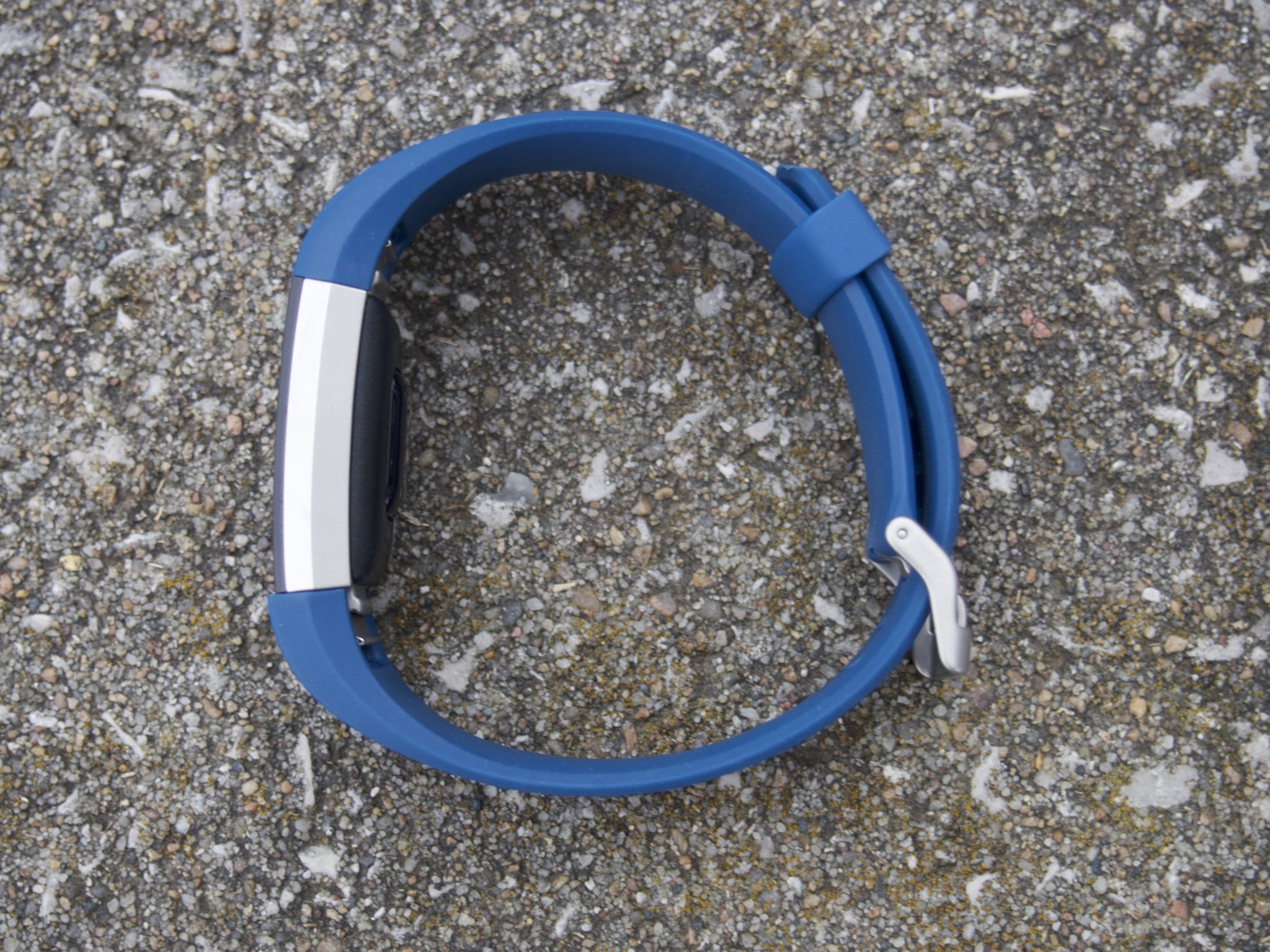
The Charge 2 also now packs a guided breathing feature. Accessible within a few clicks of the tracker's side button, the feature is intended to help you de-stress and bring your heart rate down. While I found that to be generally accurate (my heart rate did lower after the exercise), I also didn't find myself going back to the feature over and over again in my time with the Charge 2; your mileage may vary.
Battery life, as you would expect from a fitness tracker like this, has been excellent. Fitbit rates the Charge 2 at 5 days of constant use, and that's largely accurate. I was able to eke an extra day out of the first charge, but Fitbit's estimate has been accurate since. Luckily, the Charge 2 is quick to charge, so you won't ever have to interrupt your tracking for long.
One quick note on notifications: although the Charge 2 does have the ability to display notifications from your phone, notification aren't currently supported when paired with a Windows 10 Mobile. Essentially, this comes down to missing support at a platform level for a protocol known as Bluetooth GATT. Luckily, GATT support should be coming to Windows 10 relatively soon.
Software
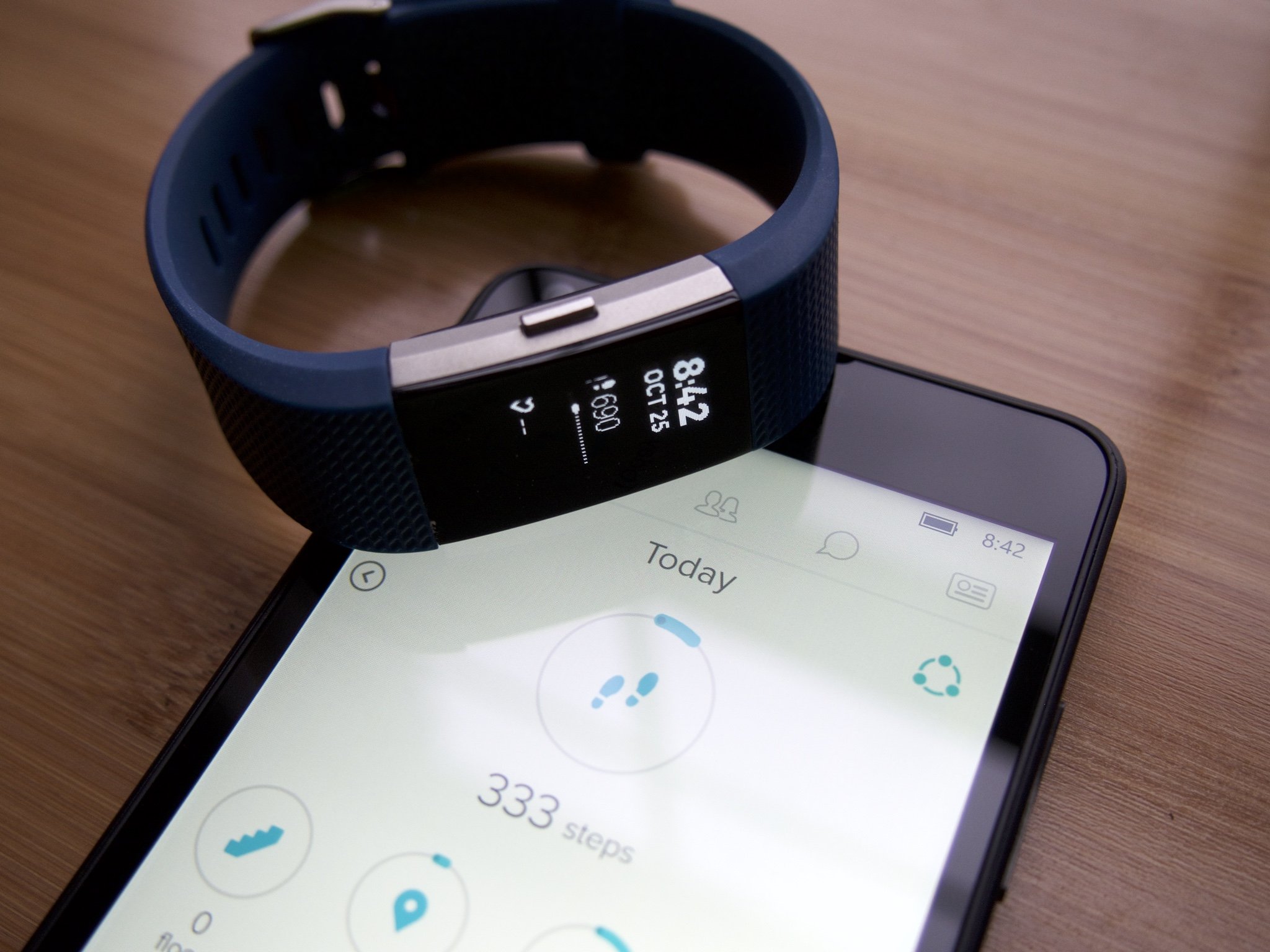
On the software side, the Fitbit app on Windows 10 Mobile (also available on PC) looks superb from a design standpoint. When you first open the app up, you're presented with all of your basic tracking information, along with big buttons offering to help you manually log meals, water intake and your weight. The interface is light and airy, and offers all of the right information up front. Simply tap on any one of the tiles to get a closer look at that information. Tapping on the sleep tile, for example, will give you an hour-by-hour breakdown of your sleep stats for the last week, along with a monthly average and much more. Each section is like its own little rabbit hole.
Diving deeper, you can swipe right from the main screen to quickly move between your challenges, friends list, and messages. All of these screens present the information contained within in a fairly straightforward manner, making things like starting a new challenge or changing your fitness goals a breeze.
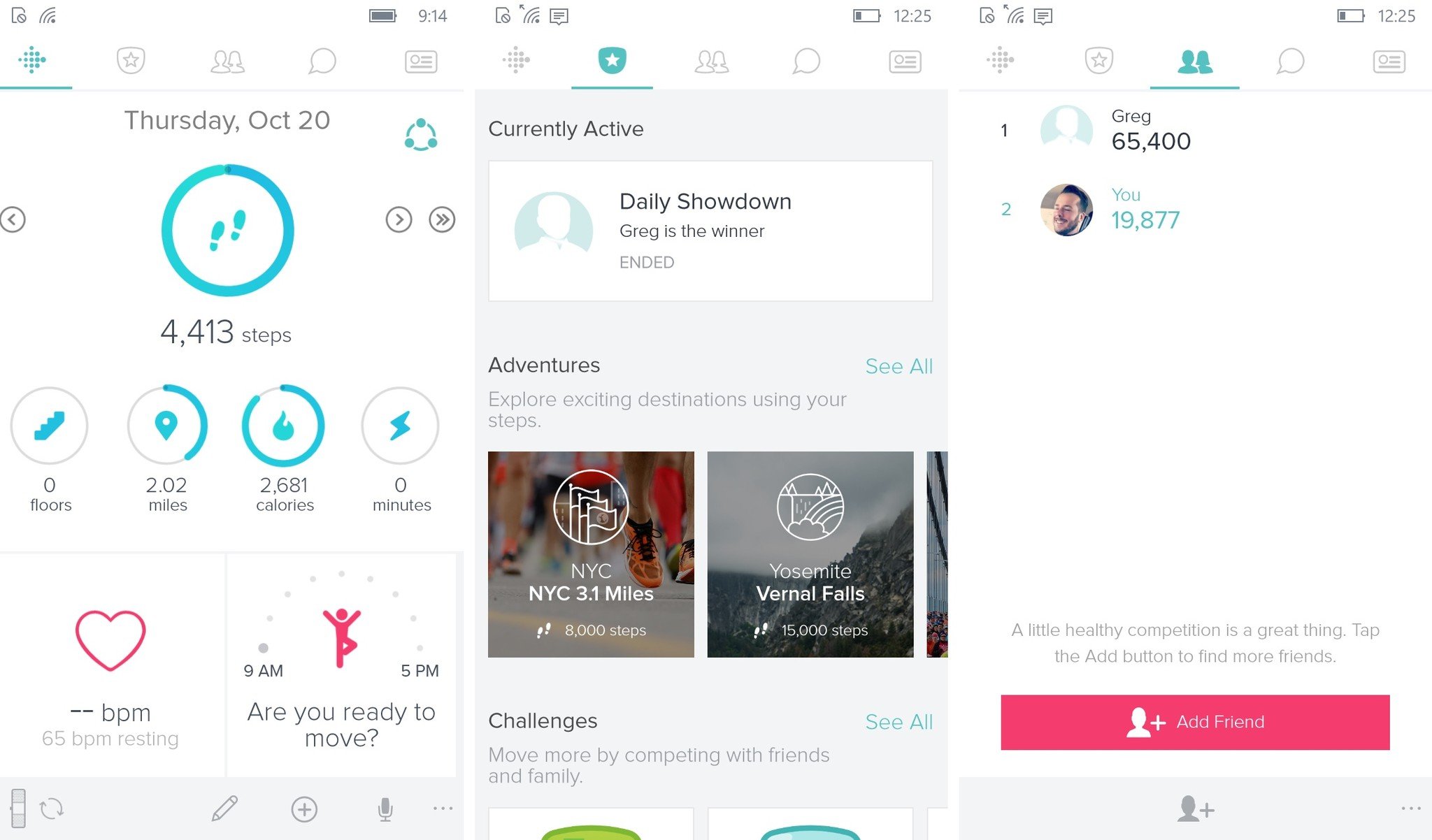
One particular area where the app falters is in its seemingly hidden options for the Charge 2 itself. To do things like change the clock face or set silent alarms, you either have to tap on the tracker icon at the bottom left of the main screen or in the general options menu. However, it isn't immediately obvious that either spot is a tappable shortcut to those options. It's a relatively minor concern in an otherwise pleasant app experience, but one worth noting nonetheless.
Conclusion
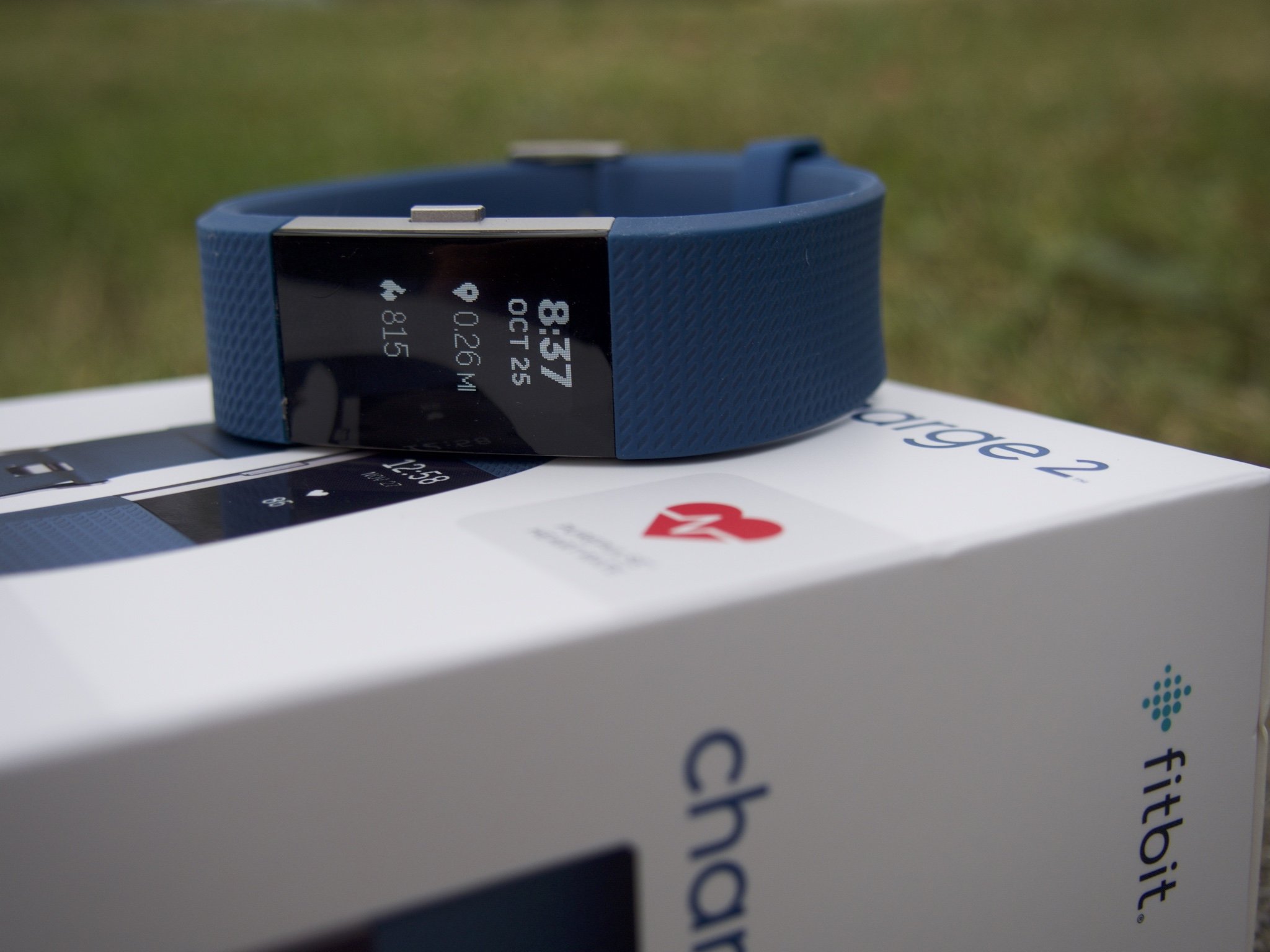
Since the Microsoft Band 2 is now on its way out, the Fitbit Charge 2 may seem a compelling option to those looking for a solid alternative. If you're concerned by the Charge 2's lack of waterproofing and don't mind spending a little extra, however, the Garmin Vivosmart HR+ is likely the closest competitor and is definitely worth a look.
The Fitbit Charge 2 is currently available with a selection of different colored bands, including black, blue, teal and plum — just to name a few. Available from a number of different retailers, the Charge 2 will set you back just $149.99.
Dan Thorp-Lancaster is the former Editor-in-Chief of Windows Central. He began working with Windows Central, Android Central, and iMore as a news writer in 2014 and is obsessed with tech of all sorts. You can follow Dan on Twitter @DthorpL and Instagram @heyitsdtl.

